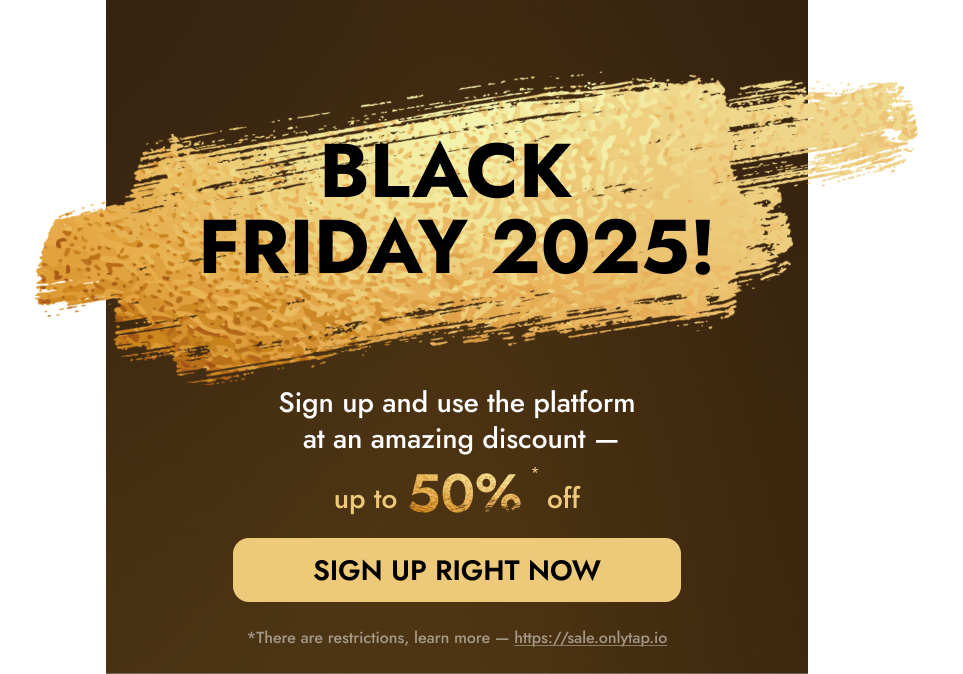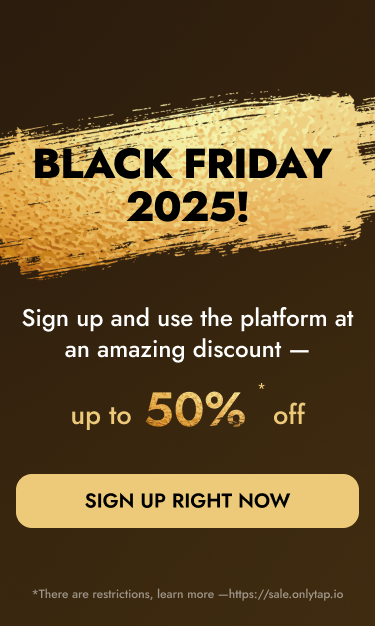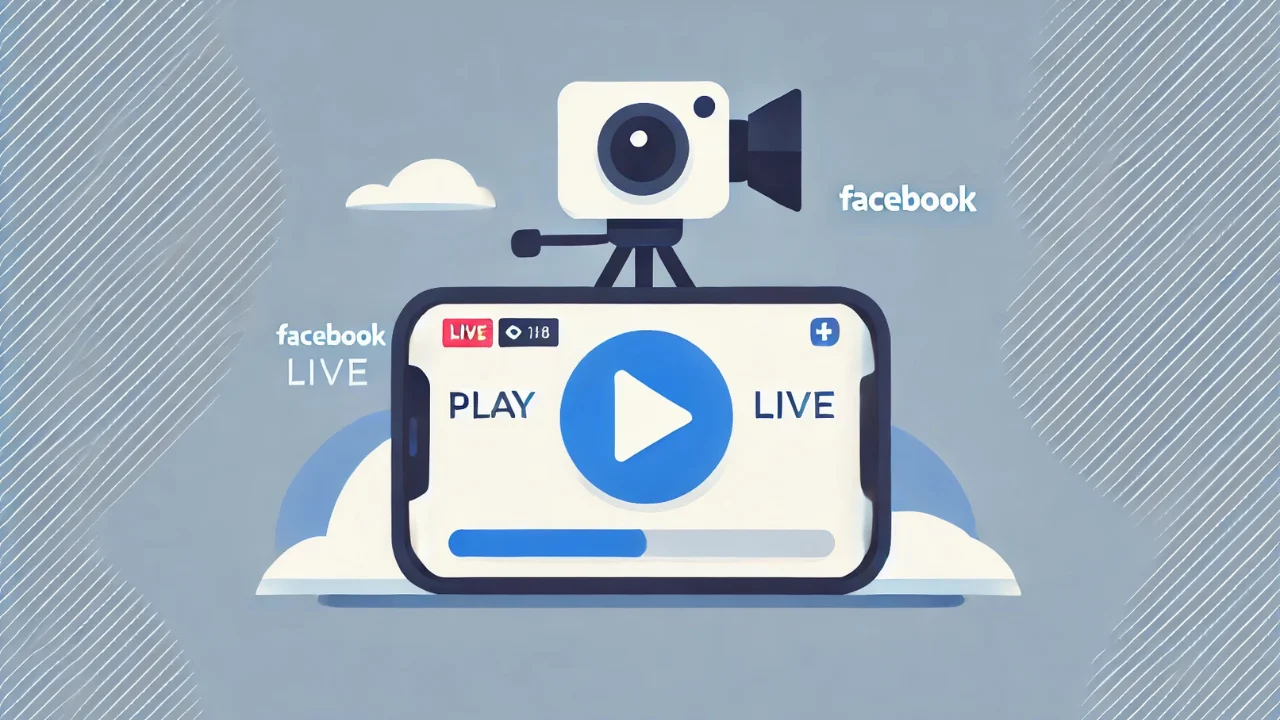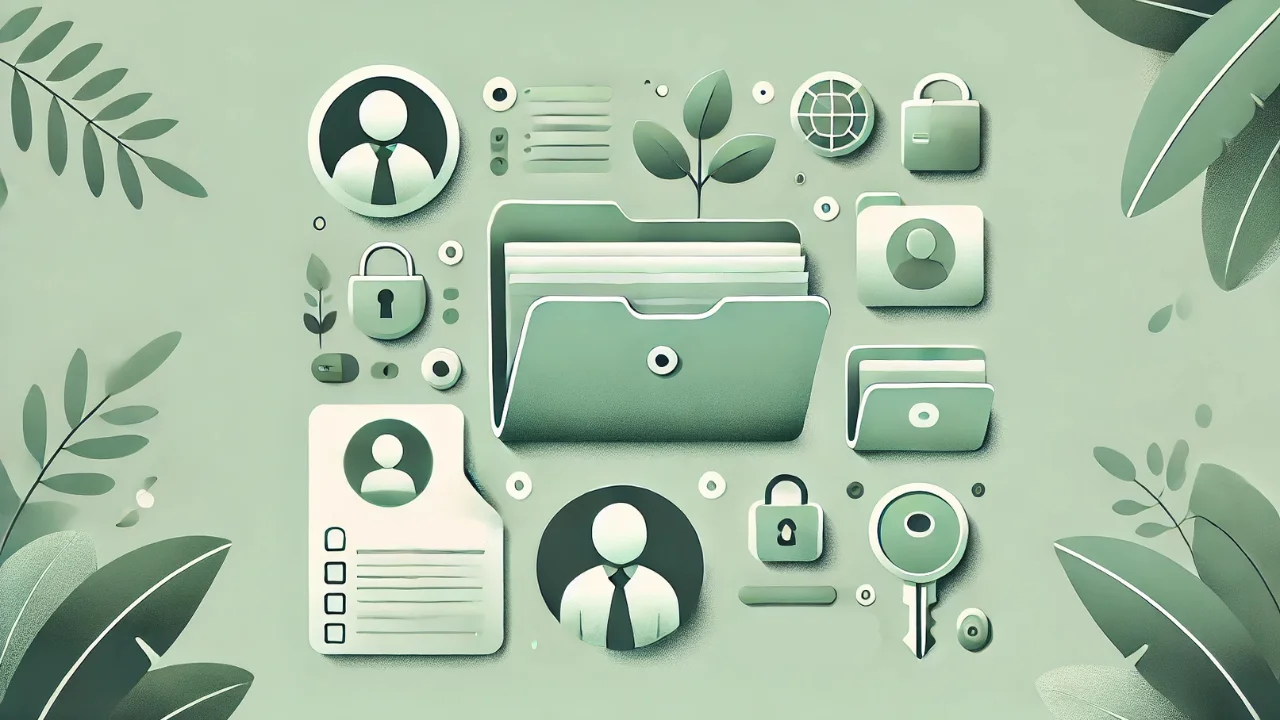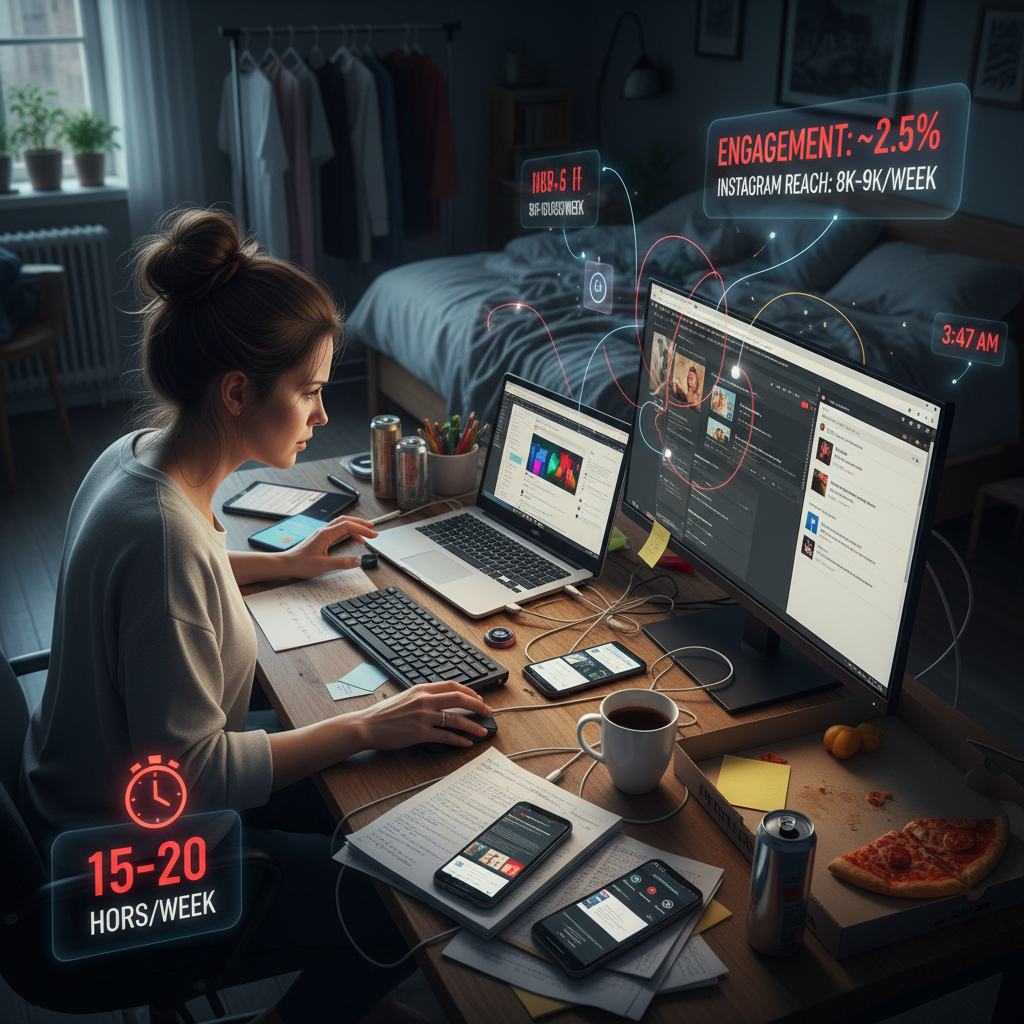Live video remains one of the most powerful tools in the modern marketer’s toolkit. In a world where algorithms continue to reduce the reach of organic posts, Facebook Live offers something refreshingly different: real-time interaction, direct visibility, and genuine connection.
When done well, going live isn’t just a content format — it becomes a strategy. Facebook gives priority to live videos in the feed, often showing them to users who don’t even follow your page. That’s a major opportunity, especially for small businesses, experts, and niche brands.
But Facebook Live isn’t just about hitting “Go Live.” To make it work, you need to know how to plan your broadcast, engage your audience, and turn viewers into customers.
Why Facebook Live Still Works
With the rise of short-form content like TikTok and Reels, it’s easy to overlook longer formats — but live video offers something they can’t. It’s not just about content consumption; it’s about presence.
A live stream makes people feel involved. They can ask questions, get answers, and interact with a real human behind the brand. It creates trust. For smaller brands or solo creators, it’s a chance to show personality, values, and authenticity.
Key Benefits of Facebook Live:
- Increased reach: Facebook prioritizes live videos in users’ feeds.
- Real-time engagement: Viewers can ask questions, leave comments, and get immediate responses.
- Authenticity: You show the human side of your brand.
- Live selling potential: Present a product and drop a purchase link right in the comments.
What to Share in a Facebook Live
Your topic depends on your business, but some formats tend to work across the board:
- Product launches: Walk viewers through a new item, demonstrate how to use it, and highlight its value.
- Live Q&A sessions: Answer customer questions and remove objections.
- Behind-the-scenes looks: Show how your product is made or what happens at HQ.
- Educational segments: Offer tips, tutorials, or mini-webinars related to your niche.
- Live shopping events: Especially popular in Asia and growing in the West — present products, respond to questions, and enable live purchases.
These formats build credibility and help viewers move from curiosity to action.
Preparing for Your Live: Tech, Structure & Timing
Going live isn’t just pressing a button. Success lies in preparation — both technical and strategic.
1. Define your goal
Is it brand awareness? Driving sales? Answering customer questions? Your goal shapes the tone, duration, and structure of the session.
2. Plan your flow (not a script)
You don’t need a word-for-word script, but a basic outline helps avoid dead air. Cover:
- A brief intro (who you are and why you’re living)
- Main talking points or product highlights
- A call-to-action (CTA): what should the viewer do next?
- Q&A or comments section
3. Check your setup
- Audio first: A good microphone matters more than fancy video gear.
- Lighting: Natural or soft lighting in front of you makes a big difference.
- Internet: Ensure a stable connection, ideally at least 3 Mbps upload speed.
4. Promote in advance
Schedule the stream using Facebook Live Producer or Meta Business Suite. Create an event, share it in Stories, post teasers, or include it in your email newsletter. Don’t rely on people stumbling across it — bring them in.
Hosting the Stream: Keep It Engaging
Live audiences come and go. Some join at the start, others later — so repeat key messages throughout. Introduce yourself quickly and get to the point.
Engage early and often. Ask questions. Acknowledge comments. React to what viewers say. The more interaction, the better the algorithm treats your stream — and the more human you seem.
Don’t be afraid of clear CTAs: “Click the link in the comments,” “Send us a DM,” “Leave a question below.” Most viewers appreciate guidance on what to do next.
After the Stream: Your Work Isn’t Done
The end of the broadcast doesn’t mean the end of impact. Facebook saves your live video by default, and you can repurpose it in multiple ways:
- Leave the full video on your page so people can rewatch it.
- Cut highlights into shorter clips for Reels, Stories, or promo posts.
- Respond to comments you missed during the stream.
- Analyze the results using Facebook Insights:
- Average watch time
- Peak viewer count
- Engagement
- Clicks and conversions
- Follower growth
Use this data to improve your next live session — when to go live, how long to stay on, and what type of content gets the most interaction.
Make Live Part of a Bigger Strategy
Facebook Live is most powerful when it fits into a broader content strategy. For example:
- Tease your live stream in Stories
- Go live to reveal a product or run a Q&A
- Post the replay with a summary and CTA
- Follow up with extra content, ads, or email campaigns
Consistency also matters. Going live weekly or monthly builds anticipation. Viewers begin to expect it — and showing up regularly builds trust over time.
Facebook Live isn’t outdated — it’s a direct line to your audience. It builds trust, boosts reach, and converts attention into action. The key is to show up with value, be present, and treat your stream as a conversation, not a broadcast.
And if you’re using Onlypult, don’t forget: you can schedule posts before, during, and after your stream. Build an integrated campaign around your live content — all in one place.
Want this article translated into Spanish, French, Italian, German, or Portuguese? Just say the word.
